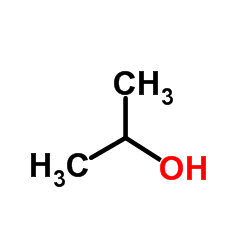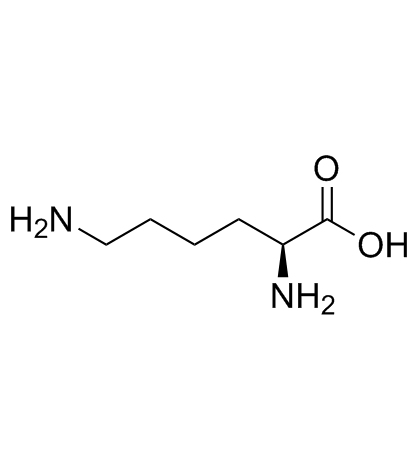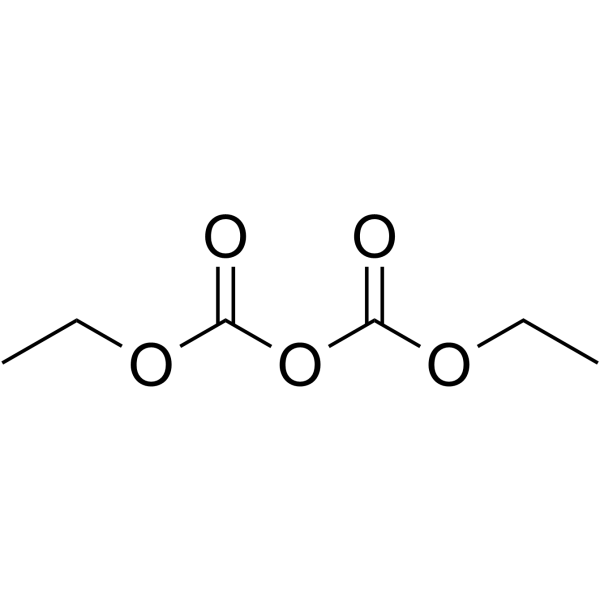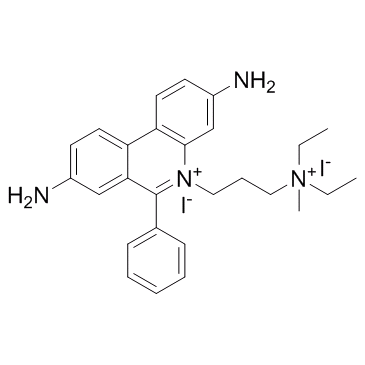| Structure | Name/CAS No. | Articles |
|---|---|---|
 |
Ethidium bromide
CAS:1239-45-8 |
|
 |
Isopropanol
CAS:67-63-0 |
|
 |
Ethanol
CAS:64-17-5 |
|
 |
L-Lysine
CAS:56-87-1 |
|
 |
Diethyl pyrocarbonate
CAS:1609-47-8 |
|
 |
Propidium Iodide
CAS:25535-16-4 |